The best grasses that are dog friendly for your lawn needs depend greatly on your geographic area. There are a few great options that are not difficult to grow or manage.
These are normal homeowner concerns when owning a dog. We’ll cover the best dog-safe grass choices that are dog friendly for new owners. We will also talk about minor training and adjustments you can make while waiting for your new seed to take root and become that beautiful lush green, healthy lawn you’re missing.
How do dogs damage grass?
There was a massive increase in dog owners in recent years. Common concerns with their yards have been dogs destroying lawns with their ‘bathroom habits’ as well as more wear and tear in areas where the dog may run.
Lawn damage from dog pee
Dogs pee on grass. It’s a natural thing for them and they probably think it’s the correct thing to do. However, did you know that their urine can actually damage the grass?
A dog’s urine contains a lot of nitrogen and when it soaks into the soil, it kills grass. Dense in nitrogen, and urine in dog pee can “burn” your grass and create unsightly dead spots across the yard.
There are ways to lessen this, however, with good grass care practices. For example, watering your lawn regularly will help dilute the nitrogen in the urine and keep your grass looking green and healthy.
The best way to lessen dog pee damage is to mow your lawn at 3 inches or taller. Taller grass will help absorb some of the urine and reduce the damage over time. Grass roots grow 3 times as deep as they are tall, so infrequent deep watering can also help promote deep rooting in your lawn.

Lawn damage from dog poop
Dogs are a part of many families and are considered to be man’s best friend. However, one downside to owning a dog is the potential damage it can do to your lawn. A Dog’s poop contains nitrogen which will cause the lawn to burn. The fecal matter provides perfect conditions for fungi to grow, which could lead to fungal lawn diseases.
Tall fescue, Kentucky bluegrass, and perennial ryegrass are the best cool-season grasses for a dog-friendly lawn. A shorter list of warm-season grass types that don’t do well against dogs includes bermudagrass, zoysiagrass, and tall fescue
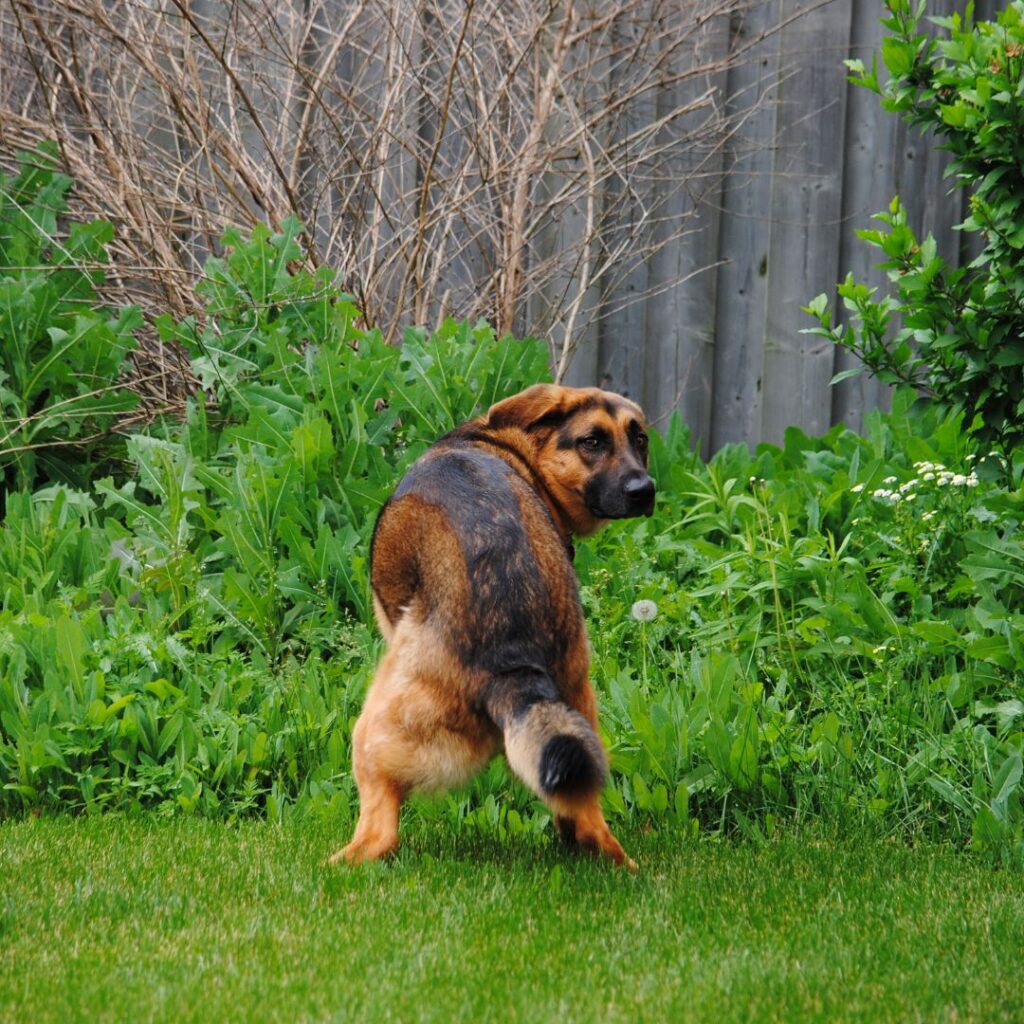
Lawn damage from running
Grass damage from foot traffic is caused by compaction, which can make it difficult for grass to grow. A well-maintained lawn will have a healthy root system that helps the grass resist wear and tear.
One way to prevent soil compaction is to aerate the lawn once a year. This can be done with a manual aerator or with an automated aerator. Running is the most frequent cause of grass damage.
Dogs can also run over the same spot and damage it, but this is only seen if your dog does it repeatedly. This is a common problem for fenced-in dogs chasing back and forth fence lines to see passersby. To keep your yard looking good, encourage your dog to use the whole yard rather than just one particular spot When dogs are playing with their owners, they will avoid overusing the area.
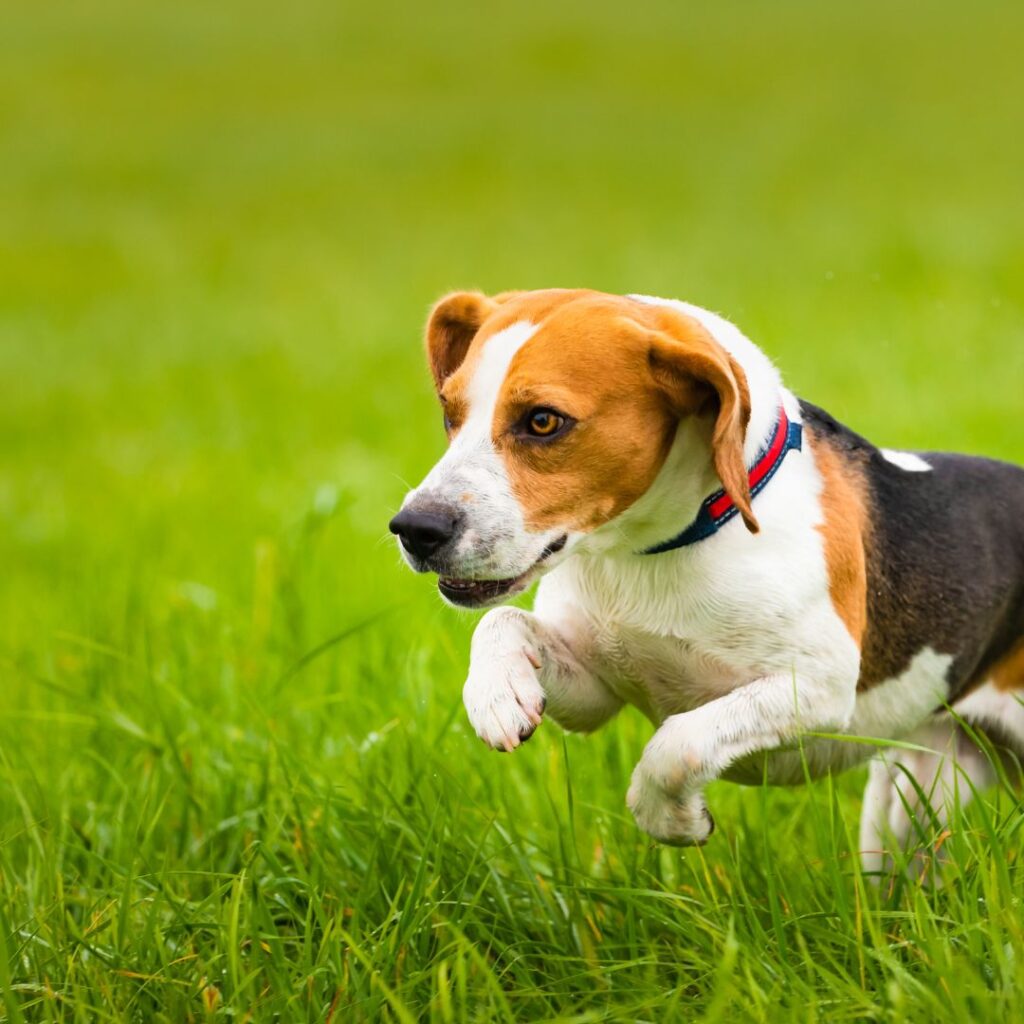
Dogs should be encouraged to play in different places instead of just one spot so that they don’t damage. Dogs who ‘chase’ passersby in fenced areas may require some minor training adjustments. Fenceline fighting is another problem that can be changed with some adjustments.
Spend some time outdoors during a busy time of the day and try to reward them for sitting or laying down when someone walks by. Do this often enough and they’ll start to adjust their behavior for the good reward/ treat.
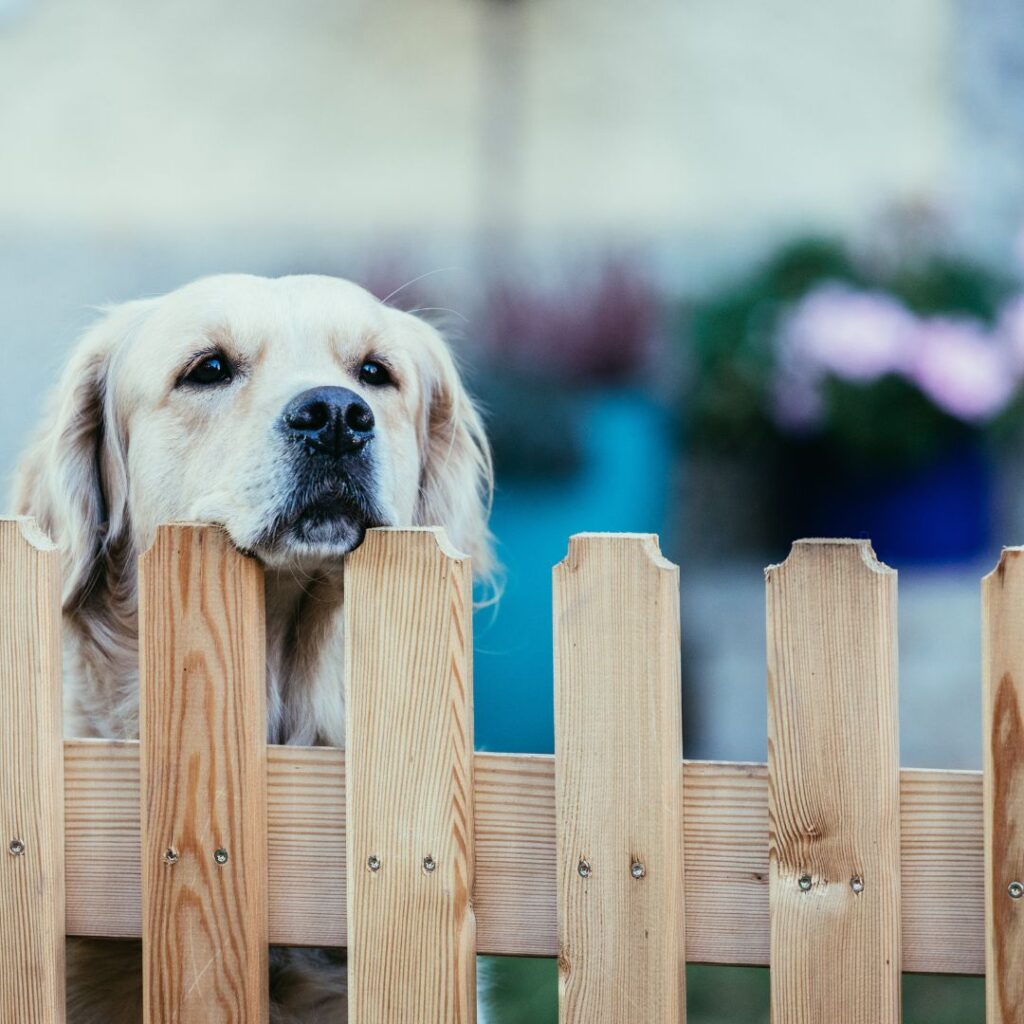
What makes a type of grass good for dogs?
Rapid growth rate
Grass that spreads using rhizomes or stolons is good for dogs because it will quickly recover from a dog damaging it. The best lawns for dogs have a type of grass that grows back quickly to fill in the bare patches, even if a dog’s urine or feces kills one patch of it.
Deep root system
A deep root system is important for two reasons. It makes the grass more durable and less likely to die from drought or other environmental conditions. It also is better for self-repairing from when dogs urinate in spots that can show burn patches.
The grass must be high in tolerance to drought and low maintenance so that you do not need to worry about it as much. It should also not need a lot of fertilizer or water.
Climate compatibility
When choosing a type of grass for your yard, you must take into account the climate in which you live. Some grasses are only suitable for certain climates. For example, Bermuda grass is popular in southern states because it can withstand hot, humid weather. If you live in a colder climate, you will need to plant a different type of grass that will thrive in those conditions.
You should also pay attention to the amount of sunlight your yard receives. Grass needs at least six hours of direct sun per day to stay healthy. If your yard doesn’t get enough light, consider planting a shade-loving grass variety.

Soil Considerations
Soil condition is another important factor to consider when choosing a lawngrass. Grasses grow best in well-drained soil with plenty of organic matter. Clay soils or soils that are waterlogged will not support healthy lawn growth.
Lawn Maintenance
Finally, make sure to choose a grass type that is easy to maintain. Some varieties require frequent mowing, watering, and fertilizing, while others require little care once they are established.
Can you have nice grass with dogs?
Yes, You can. For good grass, you need to choose a good grass seed. Tall fescue grass has stronger grass that can handle the urine of dogs better. Fescue has stronger resistance to dog walking, is drought-proof, and requires less watering for growth.
6 Best kinds of grass for Dog Owners
Fescue
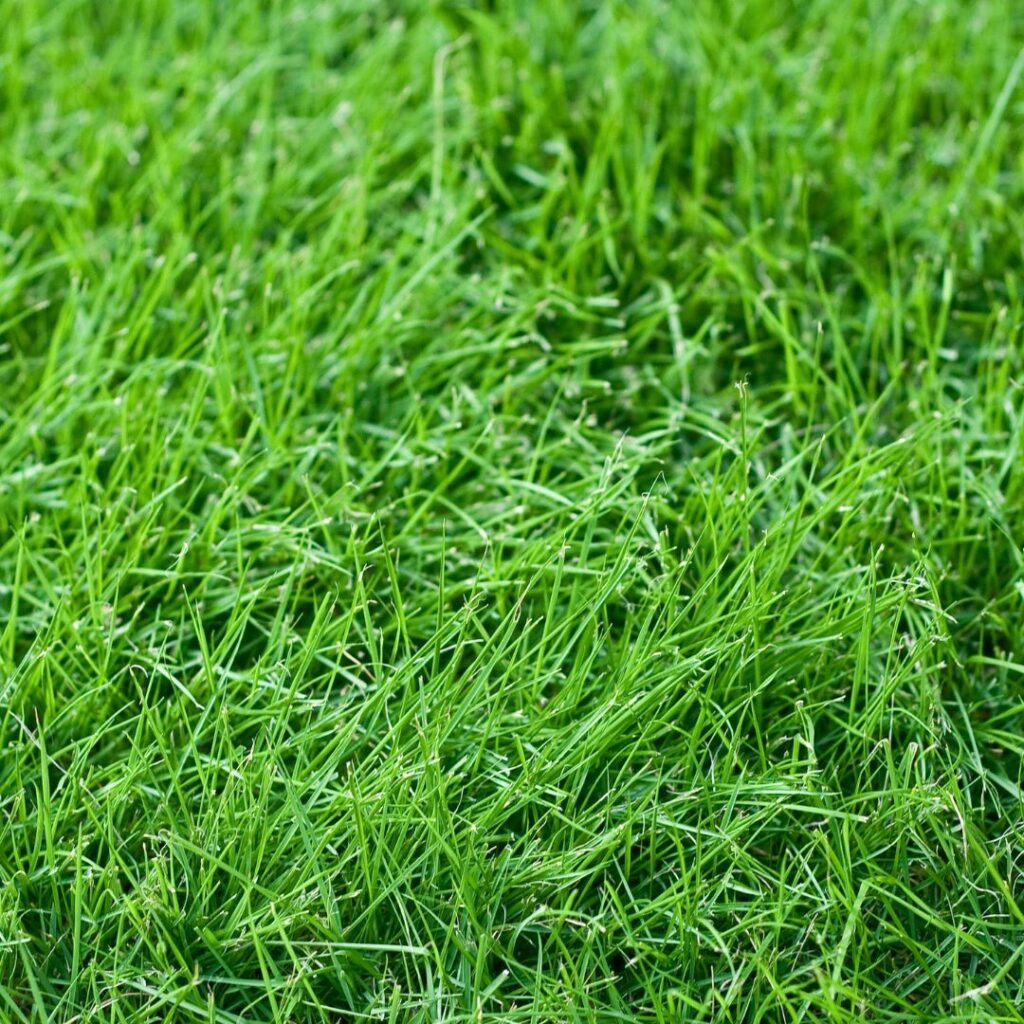
Fescue is a type of grass that is excellent for dogs. It absorbs a lot of moisture, making it resistant and sturdy. Fescue grass is tough and tolerates active dogs who like to run and tumble in your yard. Fescue could be the ideal choice for people with large dog breeds.
Some fescue cultivars are low-maintenance and can survive shade or drought. If you are a dog owner, then fescue grass should be at the top of your list when choosing the best type of grass for your pet.
Bermuda Grass
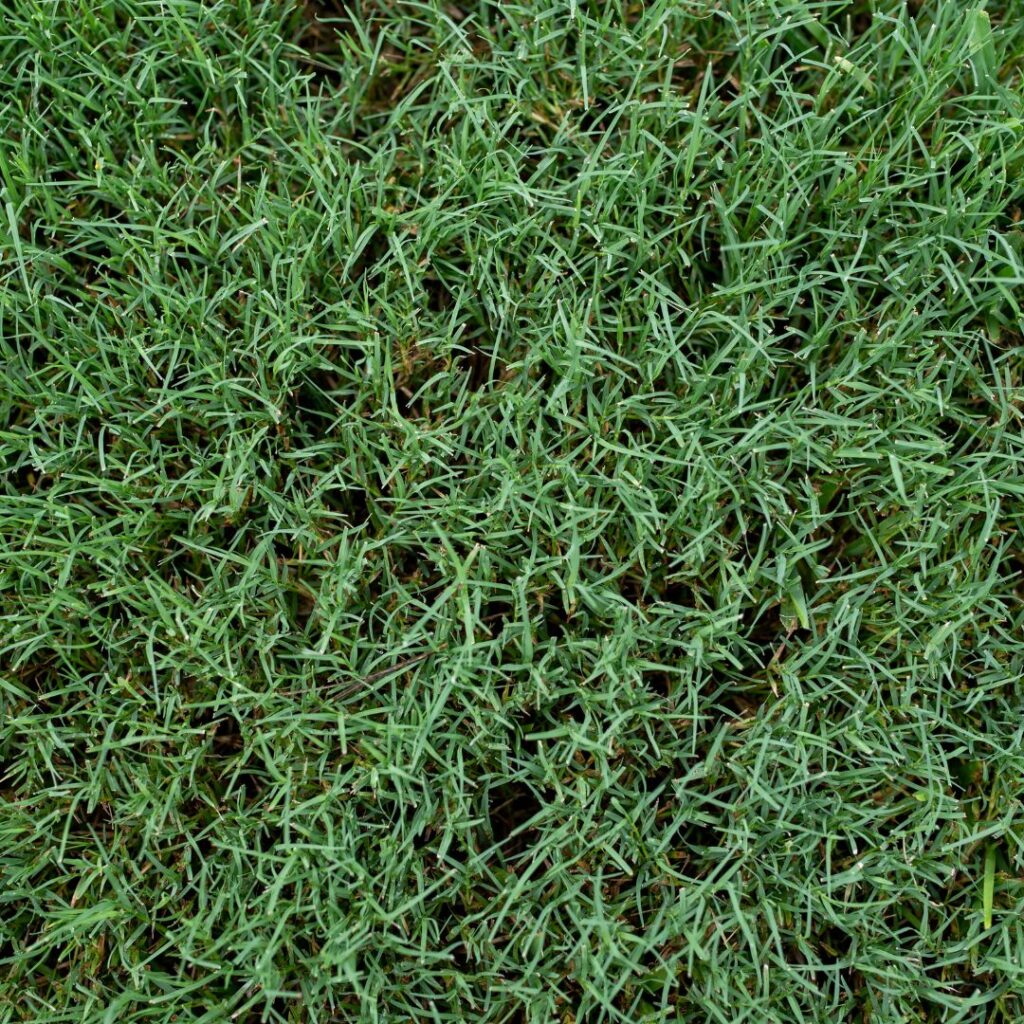
Bermuda grass is can be heat and drought-tolerant. It has deep roots and is extremely fast-growing, making it perfect for households with multiple dogs or highly energetic dogs. Bermuda is the toughest grass around and will survive a dog’s high energy. Bermuda, like other warm-weather grasses, turns brown in the winter months.
Kentucky Blue Grass
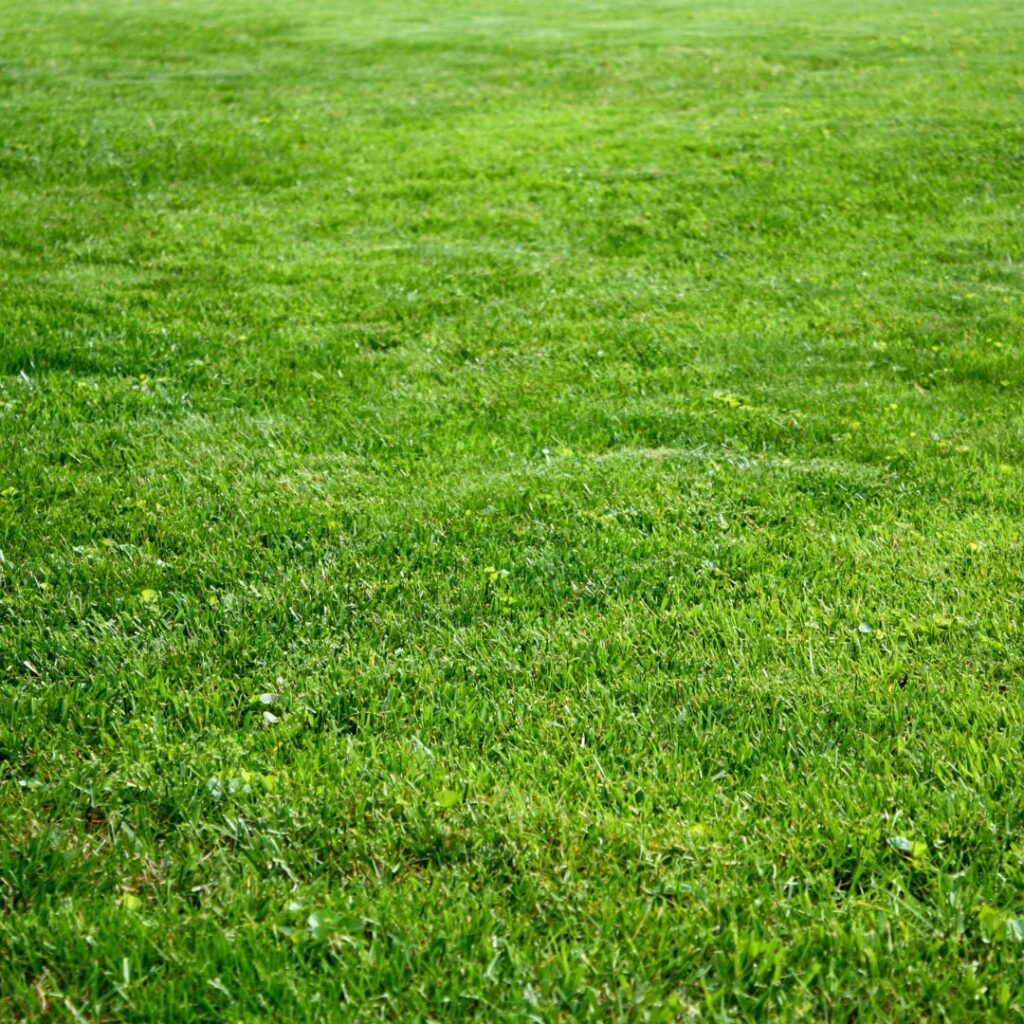
The Kentucky bluegrass is a hardy and attractive cool-season grass. It also grows well in most regions.
The Kentucky bluegrass has a unique blue hue that makes it even more beautiful than other varieties of grasses. It is also thick-growing and fast-healing, making it an excellent choice for pet owners.
Perineal Ryegrass
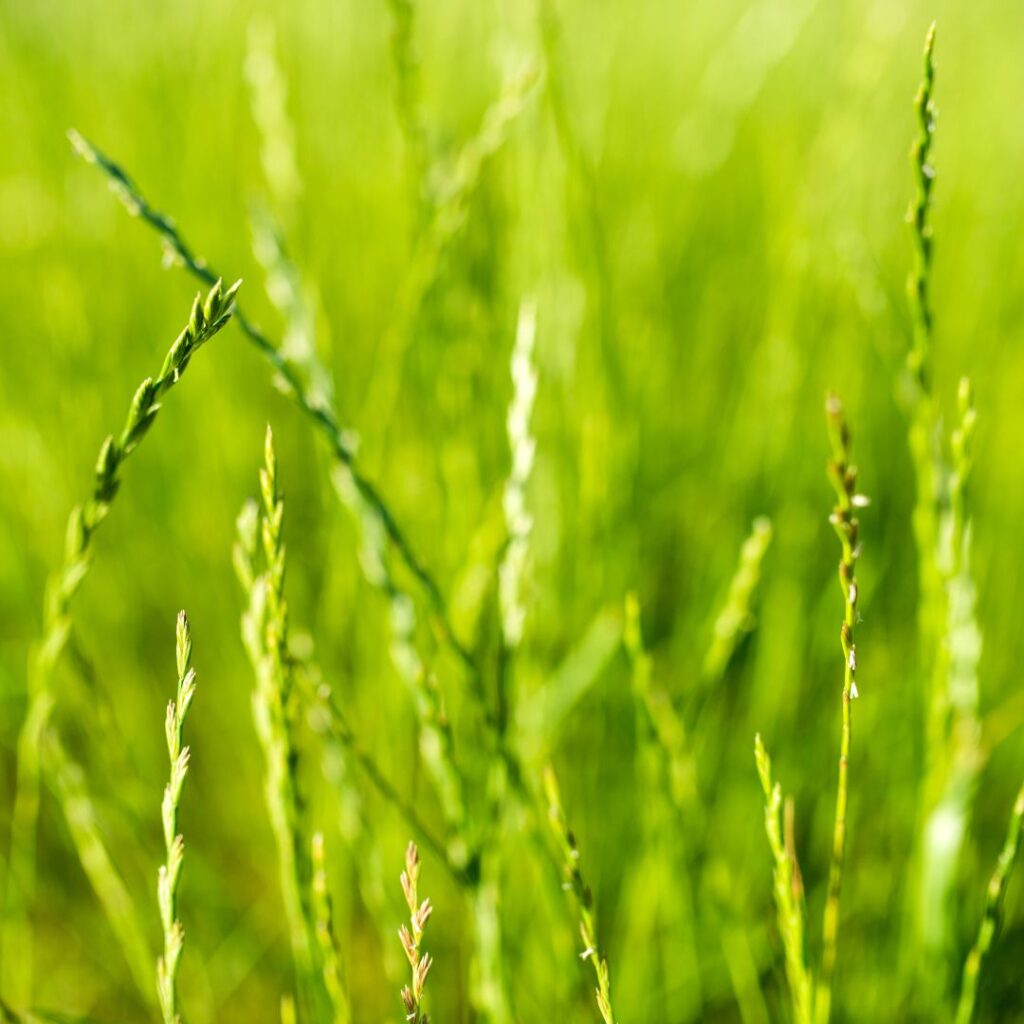
Perineal Ryegrass is a type of perennial grass that is cold tolerant and has a beautiful green color. It is low-maintenance, making it a good choice for homeowners who have one or multiple dogs. Pets can be hard on the grass, so it is important to find the right type for your needs. There are bad and good types of grass for dogs.
The perineal ryegrass has a hardy root system and recovers well from frequent dog travel and potty habits.
Zoysia
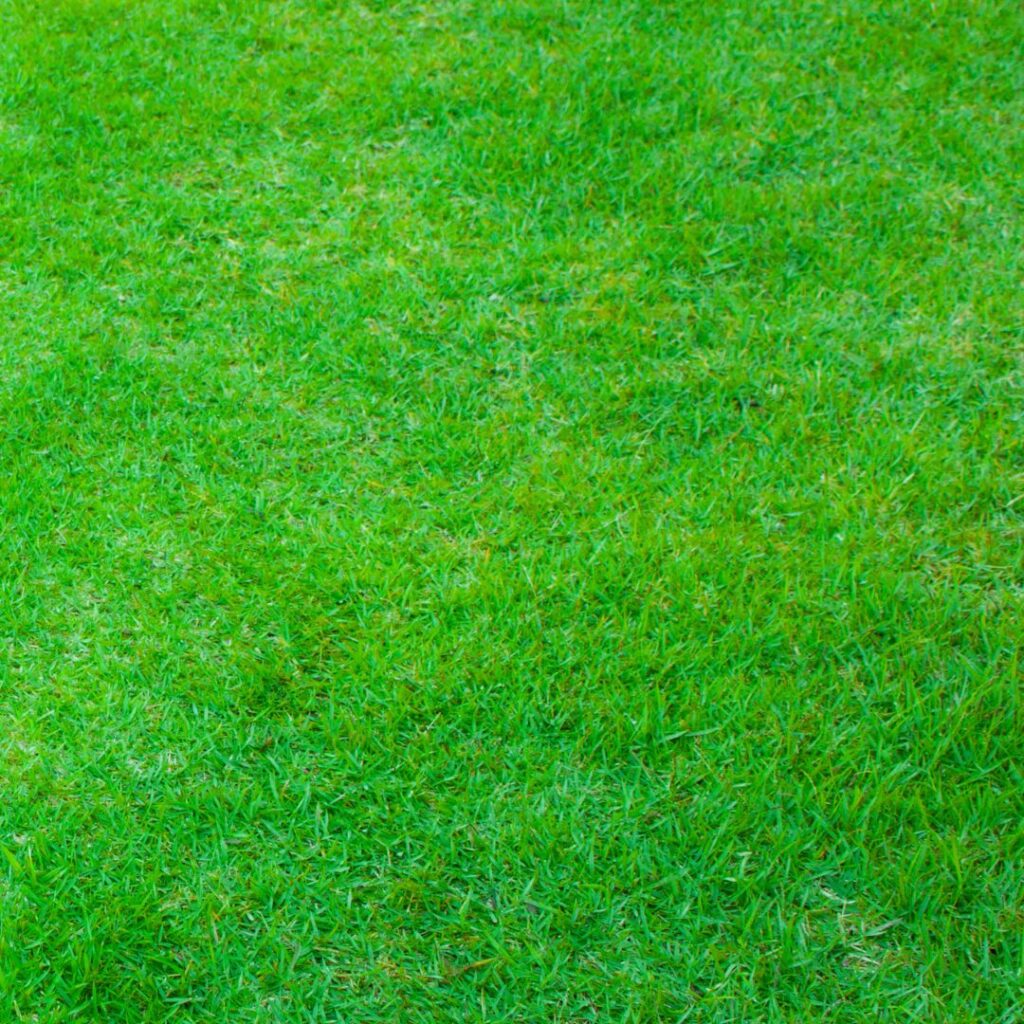
Zoysia is grass that does well in warmer climates. It is a low-maintenance grass that can take a lot of foot traffic. Zoysia is a warm-season grass that prefers the sun and can be tolerant to drought. It establishes slowly and requires low maintenance, making it an ideal choice for busy southern pet owners.
Artificial Grass
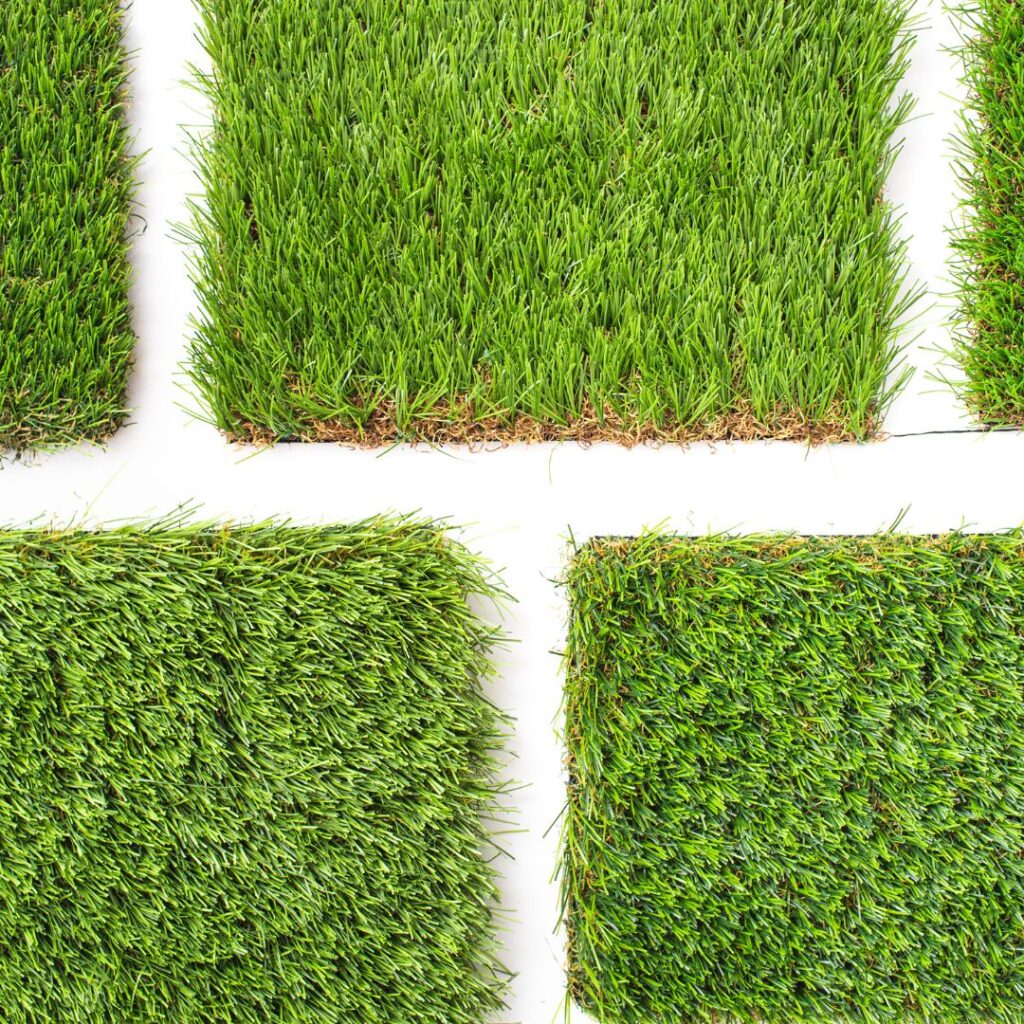
Natural grass is good but has its shortcomings. Regular maintenance can reduce the time spent enjoying your animal. Some fertilizers are harmful to animals and to the environment and make them unattractive. Pet care is already expensive, and adding lawn maintenance material may cause people to reconsider natural turf choices.
Using artificial grass for pets is able to be put in certain ‘pet only’ areas, allowing you to have the best of both worlds. Artificial grass conserves energy, as well as looks beautiful year-round.
FAQ’s
Suggested Reading: Are There Plants that Can Poison My Dog?
Why Dog Urine Burns Grass blades
Dogs are a part of the family for many people, and it’s important to make sure their needs are taken care of. One of those is ensuring they have a place to relieve themselves. When they do their business in the yard, it can sometimes be difficult to tell if they’re going potty or if they’re marking their territory.
The biggest issue with dogs’ urine is that it burns the grass. This happens because dog pee contains high levels of nitrogen, which is also found in fertilizer. When there’s too much nitrogen present in the soil, it leaves brown patches all over the lawn – not a very pretty sight!

Is Dog Urine on the Grass Really the Problem?
It’s no secret that dogs’ urine can be a real problem for homeowners. Not only does it create an unsightly mess, but it can also damage the grass and make your yard look terrible.
Urine doesn’t always discolor the grass right away; in fact, sometimes you won’t be able to see any evidence that your dog has gone to the bathroom at all. The damage isn’t from the urine but from the nitrogen content in the urine. Watering where your dog goes is one solution, and training is another.
The best way to prevent this kind of damage is by training your pet to do its business in one designated area. It’s important to clean up after your pet properly so as not to contaminate the environment with bacteria and viruses.
Why do dogs roll in grass?
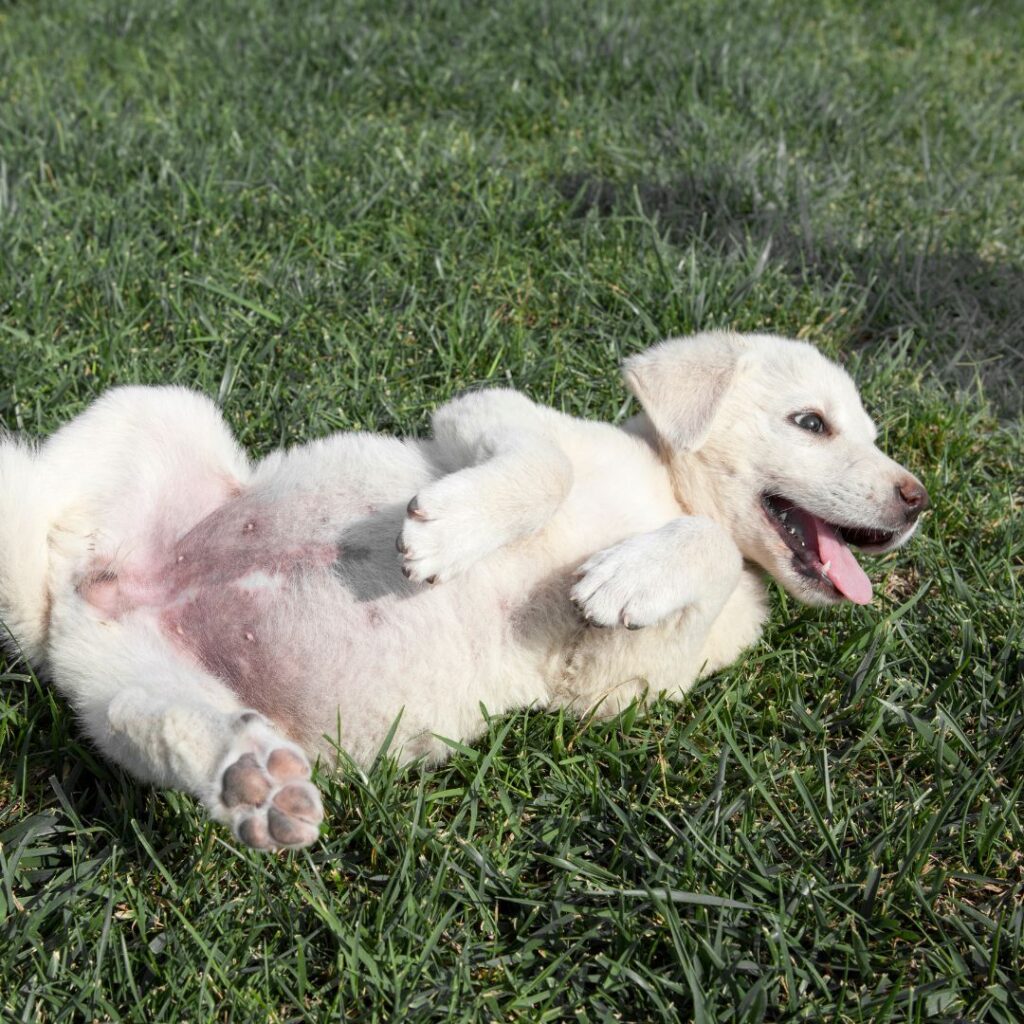
When you take your dog for a walk, one of the first things they might do is roll in some grass. It’s a behavior that puzzles many people, but there’s actually a good reason why dogs do it.
Dogs roll in the grass to scratch an itch. Also, the ground is covered with all sorts of interesting smells, and rolling around in them helps the dog to get a better scent of them.
For other dogs, rolling in the grass is simply a relaxing activity. It’s something they enjoy doing and it makes them happy. Dogs often roll around when they’re tired or after they’ve had a big meal – it’s their way of stretching out and taking a break.
Do Vitamins or Supplements Stop Urine Damage in Grass?
No, vitamins or supplements will not stop urine damage in the grass. In fact, acidifying agents are not recommended for this problem. Any supplements or vitamins you are considering for you dog should be discussed first with your veterinary office.
Urine burn is caused by the high levels of nitrogen in urine. When a dog urinates on grass, the nitrogen combines with moisture and creates ammonia. This ammonia then burns the leaves of the grass, causing them to turn brown and die.
Does Tomato Juice Stop Dog Pee Damage to Grass?
There are many home remedies out there for dog pee damage to grass, and one of the most popular is tomato juice. But does it actually work?
Tomato juices contain salts (some much more than others). Salt will make your dog more thirsty, consuming more water. The water is what dillutes the nitrogen content in the urine, not the salt. Too much salt in a dog’s diet can be harmful and even fatal. So if you’re thinking about using this method to stop your lawn from being damaged by your pup’s potty breaks, make sure to consult with your veterinarian first.
Does Changing a Dog’s Food Reduce Dog Urine Damage?
There is no easy answer to the question of whether diluting dog urine reduces the amount of damage it causes. The average family dog can be fed a protein level in moderation, which will reduce nitrogen waste. Protein content can vary from dry foods to canned foods, making it difficult to compare.
Some proteins are more digestible than others and less is absorbed by the body which means less urine for your dog! The quality of a protein has an impact on how much is absorbed into the body and therefore in the urine.
Premium pet foods are more digestible than standard grocery store brands. A veterinarian or canine nutrition consultant should be consulted to determine which type of food is best for your dog. Adding water to a dog’s food is one way to reduce urine damage. Diluting the urine with water may be easier than changing the food altogether.
Suggested Reading for you: Summer Safety Tips for Your Pet
How to teach your dog to always relieve themselves in the same place?
It’s reasonable if you’re the person who has doggy ‘duty’, that you’d want to have your dog’s poop in the same area. No doubt this isn’t your favorite thing to do and having it done more efficiently makes a ton of sense. You’ll also avoid more areas being damaged. Not to mention the accidental ‘stepping in poop’! , The best solution is training your dog to go to the doggy potty is a “must”!
It will be easier to train a newly arrived puppy, or a recently adopted adult dog, from the outset than a dog that has been living on a property for a long time and already poops everywhere. But it can be done.
First, determine a place that is easily accessible during all four seasons. The area should be large enough for the dog to move around easily. Make sure your garden hose reaches this spot. This will make cleaning the area much easier.
Second, Take your puppy or your adult dog on a leash to the chosen place. We suggest regular potty hours for an adult. For a puppy, bring pup there as soon as they wake or when they’ve has been playing for about an hour, as well as after meals. There are dogs that have difficulty defecating on a leash. Don’t hold the leash too tight. A longer ‘lead type’ leash (clothesline or rope can work also) may be better for this training.
Do this every day consistently for ten days. On day 11, let your dog take the initiative to see where they go on their own.
If your dog accidentally goes outside his designated potty area don’t punish them. Otherwise, he will be afraid to go in front of you. And then you will have difficulty training it properly. It is your responsibility to supervise it more closely to avoid accidents.
It will be necessary to maintain this doggy potty area well because dogs do not like to walk in their droppings. So pick up the stool every day. Rinse by spraying hose regularly to prevent bacteria and odors from building.
Now that you’ve got your lawn all figured out, you’ll have all this time to sit back and enjoy the beauty of your pooch running around and time to enjoy the birds. Read about how to attract hummingbirds to your backyard here easily.
Looking to cut down on pests like ticks and grubs in your lawn, think about adding some great egg-laying hens to your yard. Take a moment to read about the prolific white egg layer (large – X-large eggs!), the White Leghorn and Blue Egg layers, the Araucana, Ameraucana, and Cream Legbar, and the famous Easter Egger, which lay rainbow-colored eggs. We’re sure you’ll enjoy these.

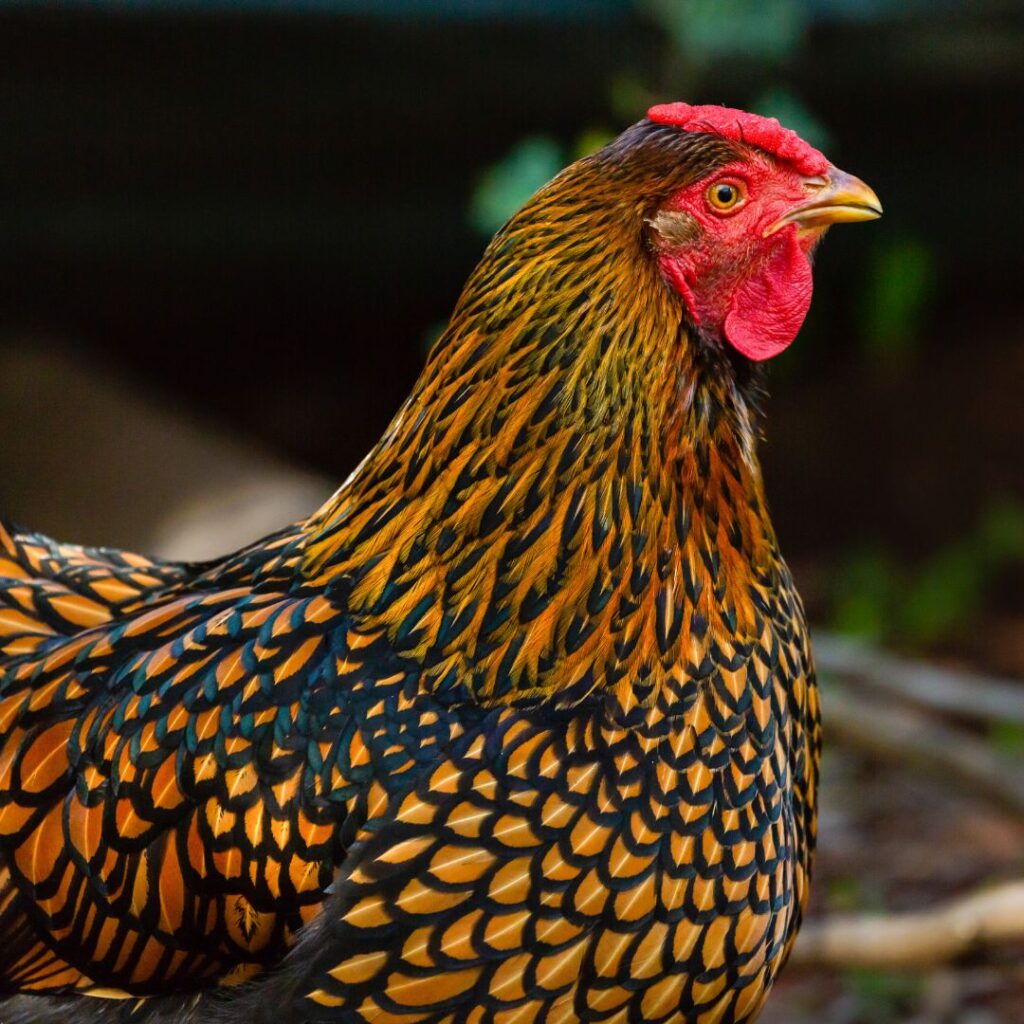
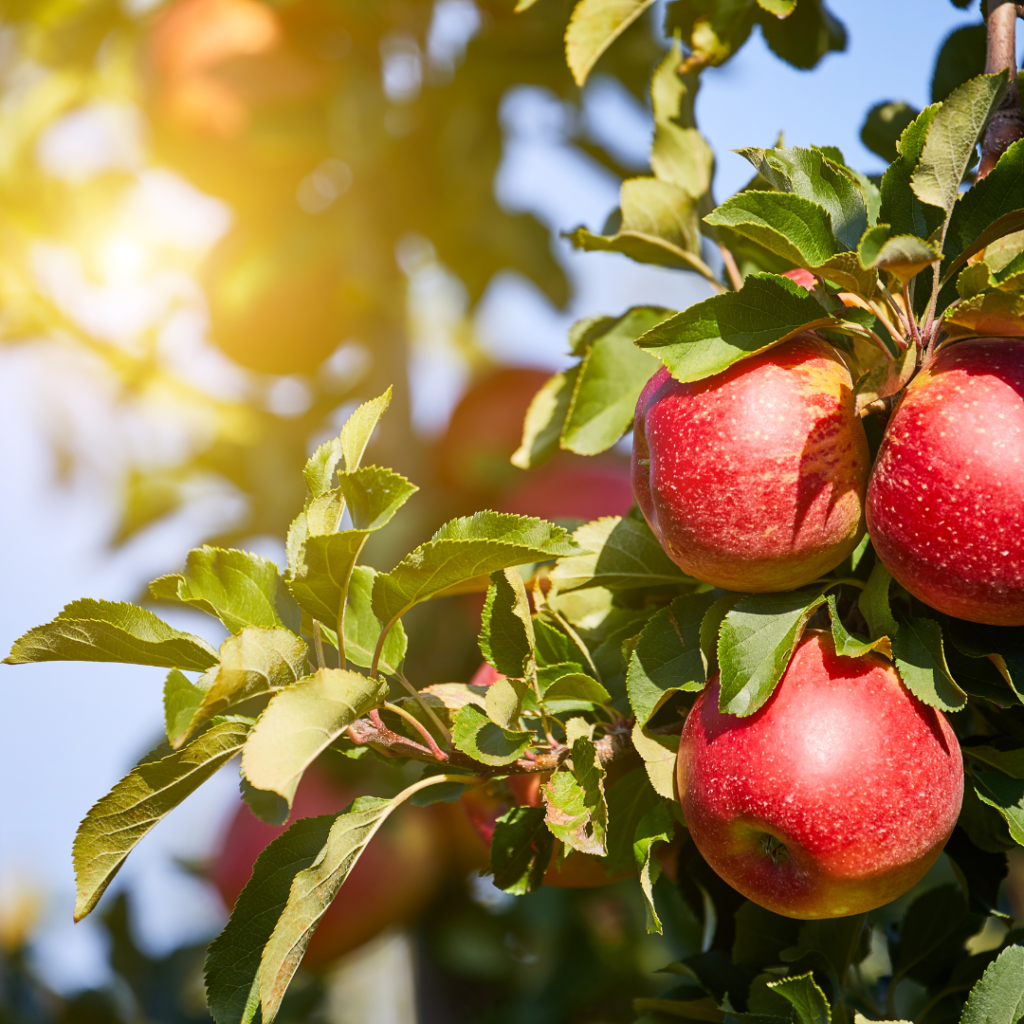
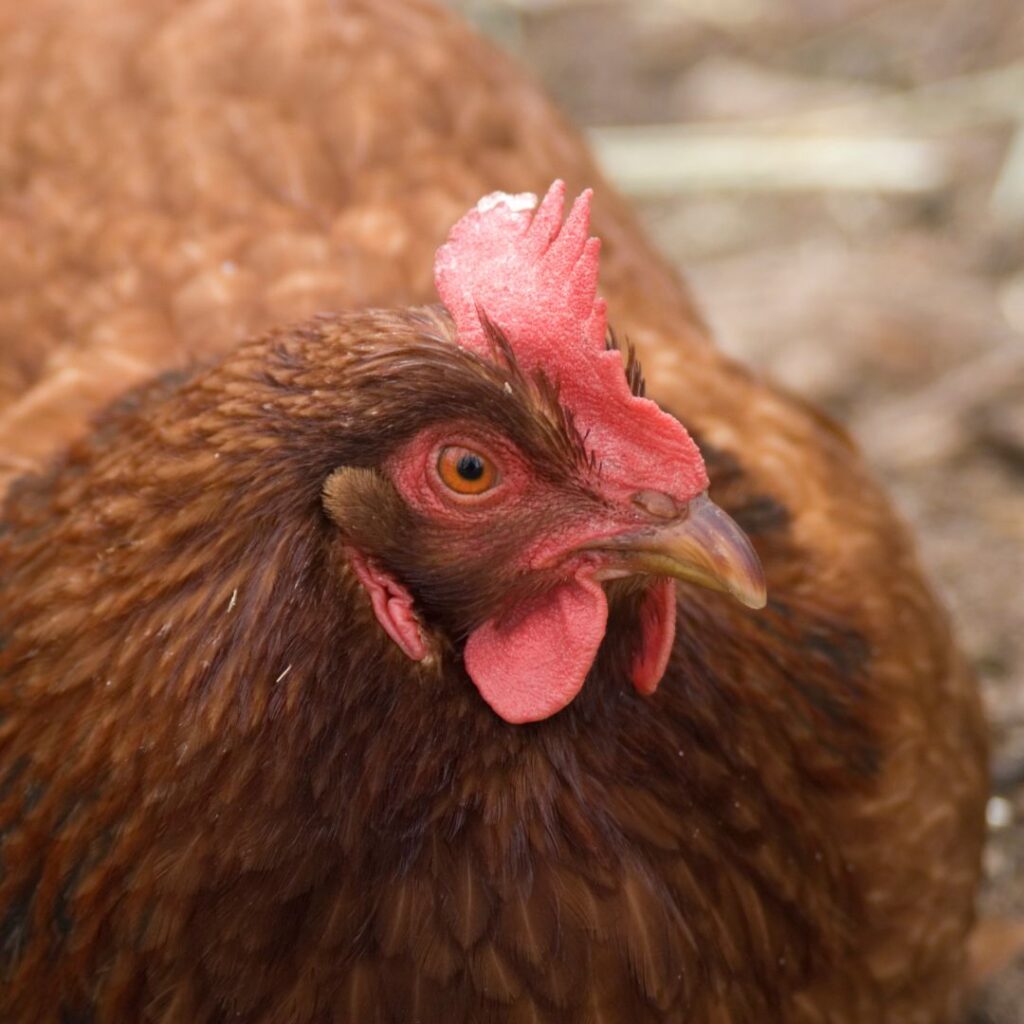
Pingback: How To Use Straw In Vegetable Gardens and Save - Gilmore's
Pingback: 16 Summer Safety Tips For Pets - Gilmore's